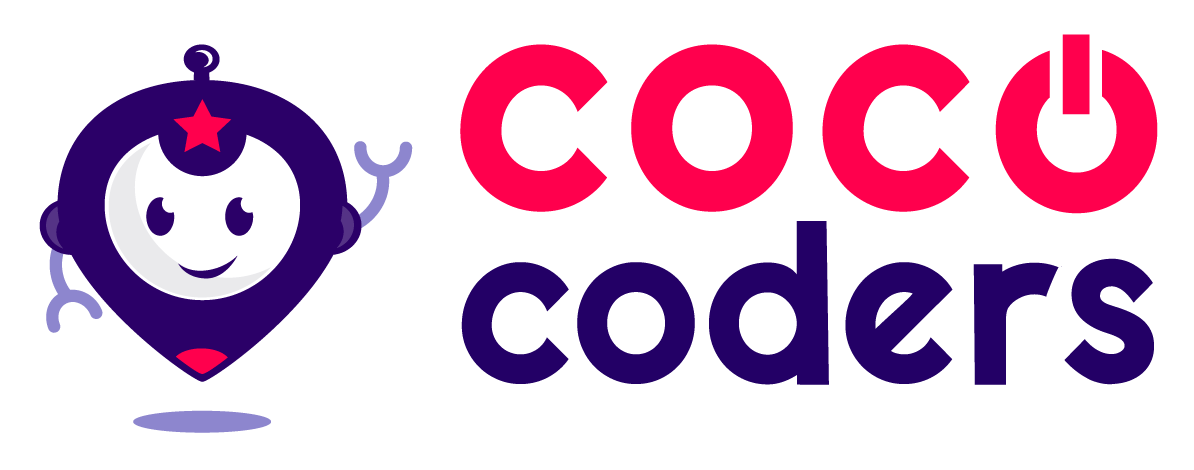Unlocking the World of Python: A Beginner's Guide for Parents
In the digital age we live in, understanding the basics of coding is becoming increasingly important for both children and adults. Python, a popular and user-friendly programming language, is an excellent starting point for those new to coding. If you’re a parent, you may be curious about what Python is and how it can benefit your child, or your child may be using it. Let's demystify Python and explore its potential for young learners.
What is Python?
Python is a versatile and powerful programming language known for its simplicity and readability. It's like learning a new language, but one that enables your child to communicate with computers and create amazing things! Python is widely used across various fields, including web development, data analysis, artificial intelligence, robotics, and more.
Why Python for Kids?
1. Easy to Learn and Use:
Python's syntax is clear and concise, making it accessible for beginners. Its readability allows kids to focus on learning how to think like a programmer rather than getting bogged down by complex code.
2. Engaging and Fun:
Python offers a wide range of engaging projects and applications. Kids can create games, interactive stories, animations, and even explore their creative side by building art with code.
3. Problem-Solving Skills:
Coding in Python enhances critical thinking and problem-solving abilities. It encourages logical reasoning and helps kids approach challenges in a systematic and organized way.
4. Prepares for the Future:
As technology continues to advance, coding skills are increasingly valuable. Learning Python sets a strong foundation for potential careers in tech-related fields.
How Can Parents Support Their Kids in Learning Python?
1. Encourage Exploration:
Allow your child to explore Python at their own pace. Encourage curiosity and provide resources like online tutorials, books, or coding apps that make learning enjoyable.
2. Participate and Learn Together:
Learn Python alongside your child. Not only does this create a bonding experience, but it also helps you understand what your child is learning and how you can support them better.
3. Celebrate Achievements:
Celebrate your child's coding achievements, no matter how small. Positive reinforcement boosts their confidence and motivates them to keep learning.
4. Create a Coding Space:
Set up a comfortable and well-equipped workspace for your child to code. Having a dedicated area encourages focus and creativity.
Where Can Your Child Learn Python?
Online Platforms: There are numerous online platforms specifically designed for kids to learn Python interactively. Websites like Code.org, Scratch, and Khan Academy offer free courses and projects to get started.
Coding Camps and Workshops: Look for coding camps or workshops in your community or nearby cities. These programs provide hands-on learning experiences and often incorporate fun group activities.
Books and Tutorials: Explore age-appropriate Python books or tutorials available at your local library or online stores. These resources are valuable for self-paced learning.
School and Extracurricular Programs: Inquire about Python coding classes at your child's school or nearby educational centers. Many schools are integrating coding into their curriculum.
Conclusion
Python opens up a world of creativity and problem-solving for your child. As a parent, whether you consider yourself tech savvy or not, you play a crucial role in supporting and encouraging your child's journey into the exciting world of programming. Embrace the learning process together and watch your child's coding skills grow, preparing them for a bright future in the digital age.

